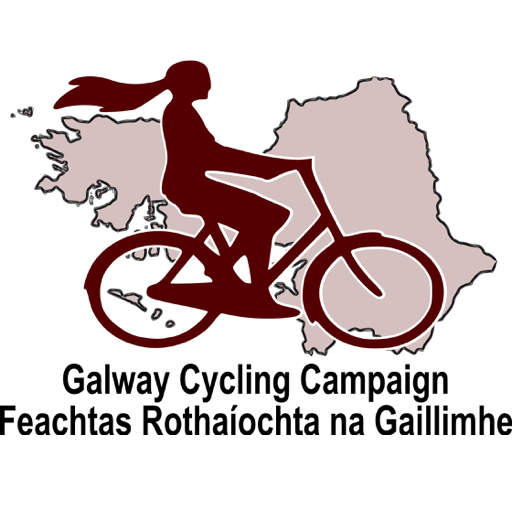Author: Shane
-
Government’s new €53 million Greenway Strategy appears to be inherently unlawful
Background: the Greenway controversy and the new strategy The recent conduct of various “Greenway” projects by the Department of Transport, Tourism and Sport has been extremely controversial and has generated […]
-
Coke-zero: City council sparks anger with cycling “ban” at Lough Atalia
Coke zero controversy continues as Council, Coca-Cola and NTA uses new bike scheme station as another opportunity to treat Galway people on bikes with disdain The Cycle Campaign originally welcomed […]
-
South Kerry Greenway: Council planning application to An Bord Pleanála does not comply with EU Environmental Impact Directives
Campaign submission argues planning board should reject application and order new Environmental Impact Assessment Report. In August Kerry County council made an application to An Bord Pleanála for the so […]
